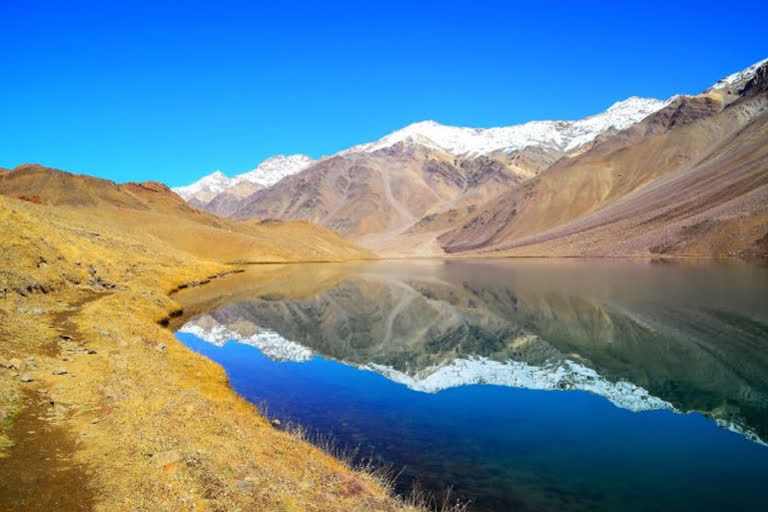Today, one-third of the total population of the country is said to be facing a very grim drought situation every now and then. This situation is said to be particularly bad in Andhra Pradesh, Karnataka, Telangana, Tamilnadu, Odisha, Kerala, Rajasthan, MP, Chattisgarh, UP, Uttarakhand, Gujarat, Punjab and West Bengal. According to a rough estimate, some 254 districts in ten states of the country reportedly have to go through a drought-like situation.
Scientists have already talked about the dipping water table in many states and even as we are all aware of how the existing water bodies are drying up under the merciless torrid sun. Excessive water pumping for irrigation purpose, without proper replenishment, has aggravated the water crisis in man states. Loss of groundwater has reduced the flow of water into the rivers.
Also read:Most of India's plastic waste dumped in rivers
According to a study by 2050, up to 79 per cent of watersheds will be pumped beyond sustainability. Such a situation would also disturb the aquatic eco-system. It is said that as per Union water ministry records, some 35.839 billion cubic meters of stock was available in some 91 major reservoirs for the week ending April 13 out of a total capacity of 157.799 billion cubic meters. This level is said to be less than the water volume available during the corresponding period last year. Another report points out that some 40 per cent of wells in the country are having very little or no water.
It is in light of this fact that a plan to take water from the Himalayan glaciers to the drought-hit states in the country through interlinking of the rivers was under the active consideration of the Union government, given the increasing water crisis in some states especially during the summers.
Also read:Increasing number of lakes in Himachal Pradesh a cause for concern
Interlinking of rivers is also seen as an effective measure to control floods, and provide recharge groundwater and provides proper irrigation to drought-affected areas. Some years ago, as the first part of the mega over all civil engineering interlinking project, the National Water Development Agency (NWDA) under the Union Ministry for Water Resources had prepared a comprehensive document on 14 minor interlinking projects for the Himalayan region.
As the second and third parts of the mega-project comprised of fifty-three interlinking projects covering the peninsular and interstate area. Ever since its inception, the NWDA is said to have prepared over 50 feasible reports on interlinking rivers both on the Himalayan as well as Southern rivers. Interestingly, this plan has made little progress towards its implementation.
Experts have also enumerated several socio-economic benefits of the interlinking of the rivers. it will not only help the flood control measures, efficient irrigation but also the transfer of water to the needy areas. Besides this, the ultimate benefit will be in terms of inland waterway transportation.
Also read:Rivers interlinking comes to fore as flooding reported across the country
The concept of taking water from the North to some other states is not new. In fact, in 1970 the then Union Irrigation Minister KL Rao had mooted such an idea. In the nineteenth century, a British engineer Arthur Cotton had also toyed with this idea of taking river water from the North to South of the Vindhyanchal in view of the massive recurring floods in the North and repeated droughts in the West and South of the country.
This increasing water crisis is not confined to India alone but many other countries are also facing a similar problem. According to the United Nations report, some 54 countries, including India, will face an acute water crisis by 2050 if timely action is not taken to face the problem effectively.
